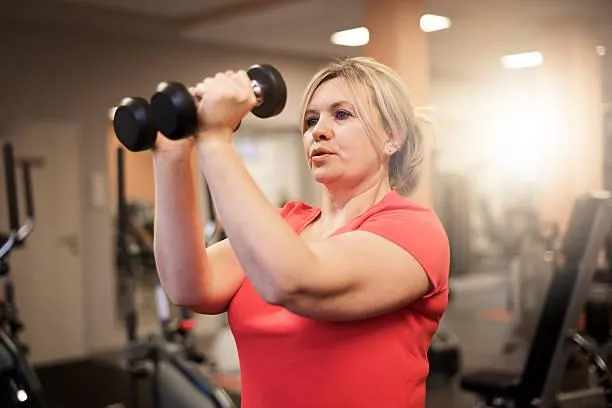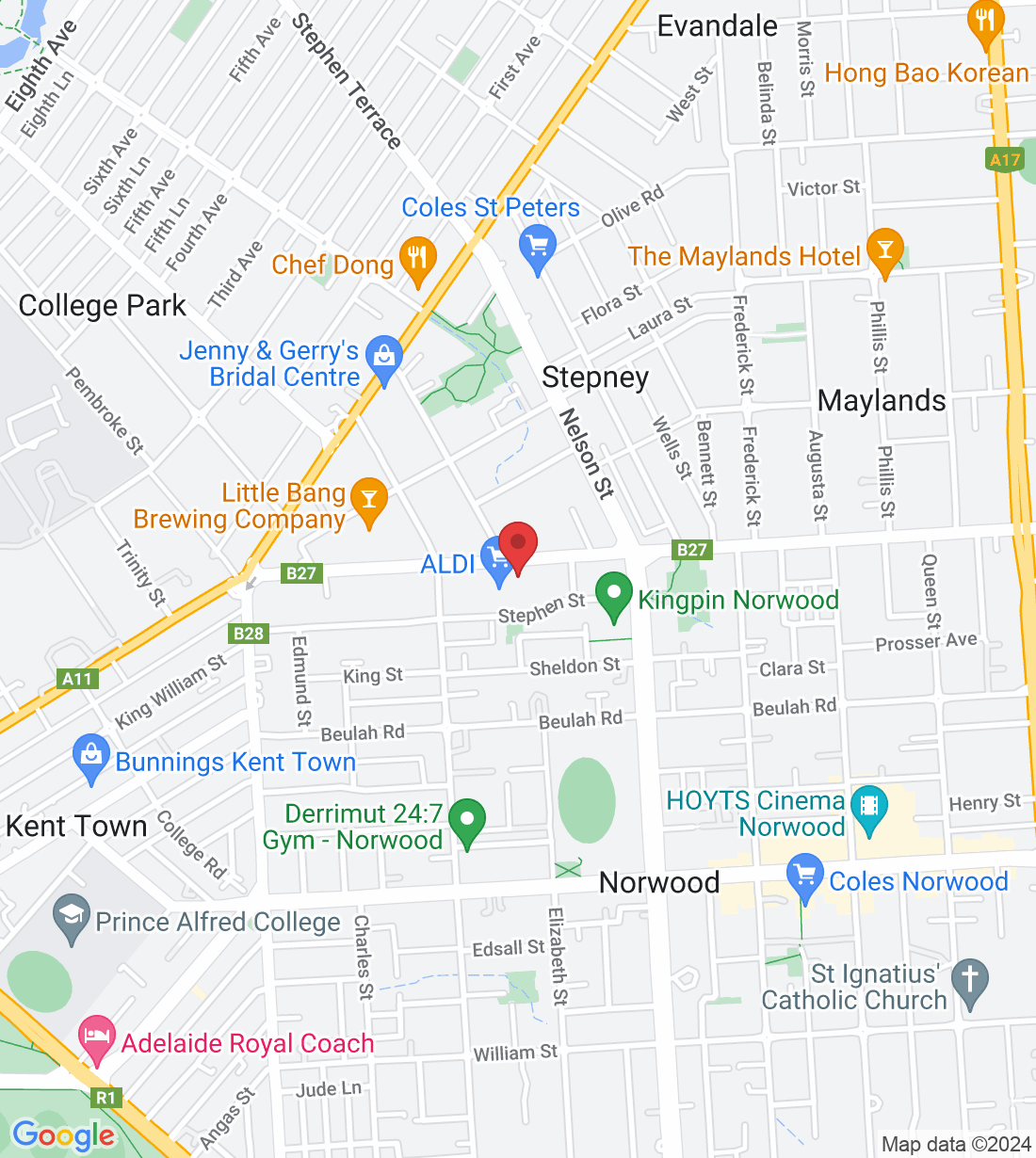
From Soreness to Strength: How Physiotherapy Powers Your Weight Training Journey
By Physio Caitlin Finnis
New to weight training and feeling sore, possibly injured?
Summertime and the start of a new year often inspires people to start or resume exercise, in particular “joining a gym”. Regardless what type of gym that may be, there are a number of issues I commonly and treat and I thought I'd give you an insight into some of these to hopefully help you enjoy exercising more.
So whether you’re working with a PT, doing Les Mills classes, CrossFit, F45, Body Fit or simply going it alone in the weights room… We are here to help!
What do I commonly see?
Back pain with deadlifts
Knee or back pain with squats
Shoulder pain with bench press or overhead press
Back pain with planks or other abdominal exercises
Whilst the exact body part may vary person to person, the main theme of complaints is simply a result of doing too much too quickly. This may be knee pain, lower back pain, shoulder pain or even neck pain. You could even have a combination of complaints!
If you are new, or simply haven’t participated in the exercise consistently for some time, your body needs time to adjust. As a physio I wish more people understood that the exercise itself isn’t inherently harmful, the dosage can be. In much the same way we benefit from sunlight in order to produce Vitamin D, too much can cause you harm!
Outside of the amount of activity you’re doing, if you’re learning a new movement or skill you may find your concentration slips easily with repeated effort and (or) exertion. At times, simple
"lapses in concentration can impact movement execution and result in injury".
This can be simple things like a misstep resulting in a rolled ankle, trying to put weights away without controlling your position, or accumulated repetitions with inefficient technique. Learning new skills take time, ensure you are adequately supported in doing this so you can feel confident moving forward. Don’t ignore the need for rest between sets of exercise either!
When starting a new program in a class environment, patients often tell me they feel pressure to keep up with those around them. This may lead people to attempt new skills they haven’t had the opportunity to be taught, particularly when fatigued. A very similar point to the one above, but acknowledging the environment as a factor is an important one.
So, how can physiotherapy help you for a weight training injury?
Physiotherapists are trained to assess and diagnose musculoskeletal conditions and are versed in the accurate prescription of exercise as treatment. So really, it’s a match made in heaven!
Physiotherapists establish your exercise goals, learn what your routine is and use this information in conjunction with your injury presentation to provide a tailored plan. This plan will include guidance on how to continue exercising around your injury, how to manage pain and how to rehabilitate the complaint. Many physiotherapists (myself included) take great pleasure from participating in weight training and completely understand the want to get back to it.
It also feels worth mentioning that a question I commonly hear when it comes to pain concerns, is not actually knowing who to see about it. Should your first stop be the GP or the physiotherapist? In Australia, physiotherapists are first contact practitioners, meaning you do not need a referral to see one. So, technically you can choose either.
Often, people are able to get in faster to see a private physiotherapist than a GP for assessment. However, if you’re still not sure, you can see a physiotherapist and they can guide you as to whether involvement of your GP is required. This may be to facilitate pain relief medications, other specialist referral or imaging.
The bottom line - Don’t just rest and wait and see when you’re hurting in the gym. Get the issue looked at and keep your exercise program going.
One of the biggest challenges people face when it comes to exercise is establishing a routine, we do not want you to lose your routine (or your social outlet!) at all where possible!
If you need help, come and see me.
Ask a question of Vital Core Physiotherapy
Fill in the form to request a Call From Our Team
One of our team will call you for FREE and answer any questions or concerns you may have about your condition
© 2023 Vital Core Physiotherapy





